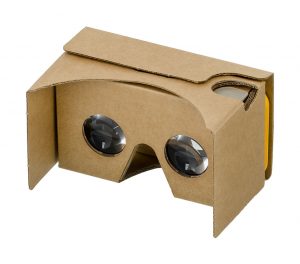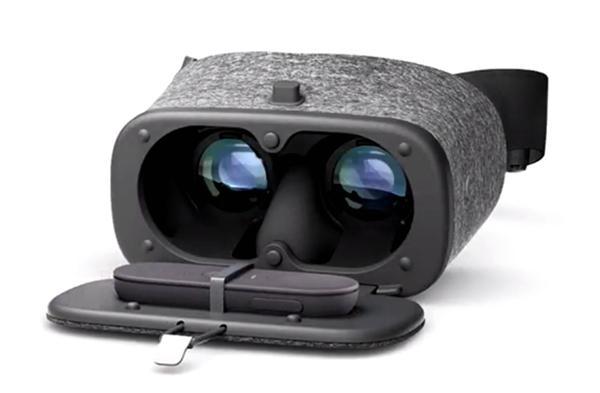Virtual Reality is a medium with tremendous potential. The ability to be transported to other places, to be fully immersed in experiences, and to feel like you’re really there– present— opens up unimagined ways to interact and communicate. Until recently, virtual reality was out of reach for the average consumer due to cost and other factors. However, advances in the technology over the last few years have set the stage for a mass market revolution that could be as influential as the introduction of television, the Internet, or the smartphone.
The main ingredient in virtual reality is a persistent 3D visual representation of the experience that conveys a sense of depth. To create this depth, virtual reality hardware systems employ a 3D display, also known as a stereoscopic display or head mounted display (HMD).
For years, one of the biggest impediments to consumer-grade virtual reality was an affordable stereoscopic display that is light and comfortable enough to be worn for an extended period. This situation changed dramatically when Google introduced Cardboard VR in 2014 to enable using pretty much any mobile phone without needing new hardware. Cardboard requires just a box with two lenses– costing approximately US$2 in parts– into which you place your phone.
Google has shipped 10M Cardboard VR viewers, 160M Cardboard app downloads

To experience Cardboard VR, simply launch a Cardboard-ready application and place your mobile phone into the box. You will be immersed in a VR experience: a stereo-rendered 3D scene which you can look around and move around in by turning your head.
If you don’t have the time or inclination to build a cardboard from scratch, you can also purchase a ready-to-assemble kit from one of several manufacturers, including Procus, Wi Wiggle, Portronics, and Truvision. Cardboard is a force to be reckoned with. There are already hundreds of applications available for Cardboard, including games, 360-degree video and photo viewers, and educational simulations. Cardboard has powered VR experiences with big-name entertainers like Sir Paul McCartney and Jack White, and brands such as Volvo.

